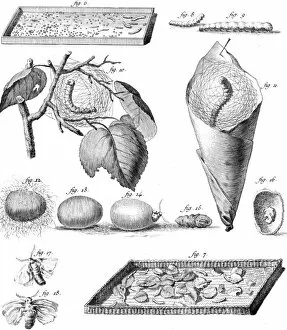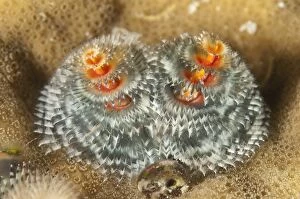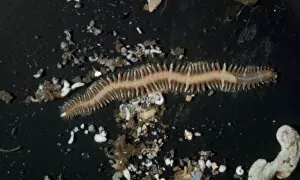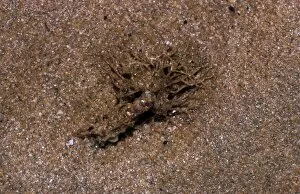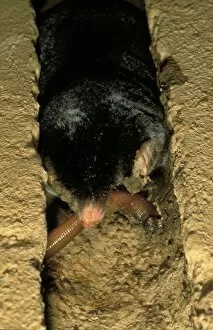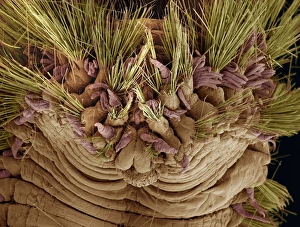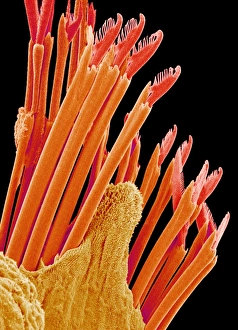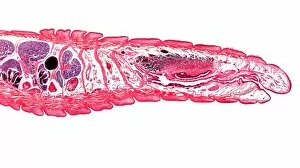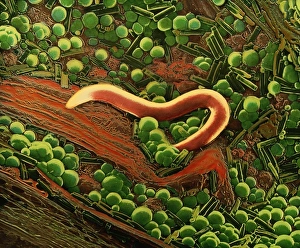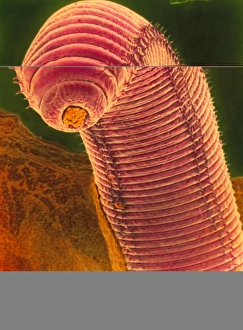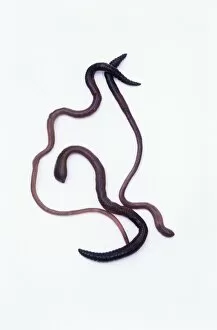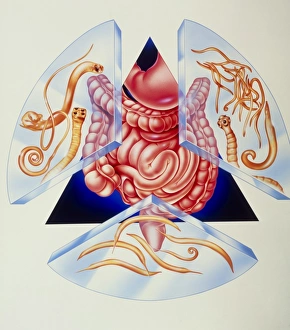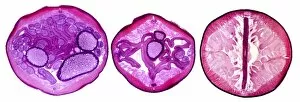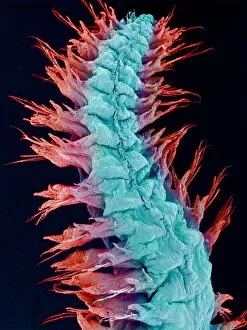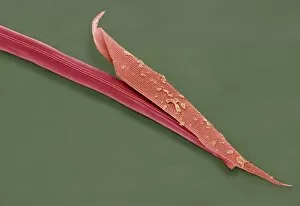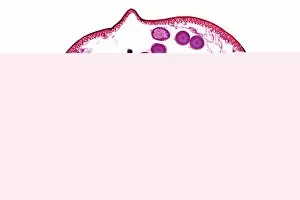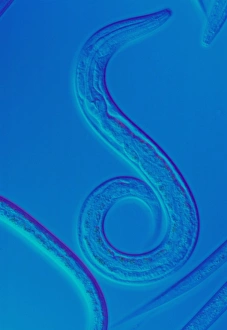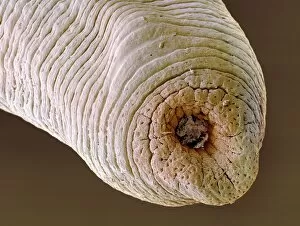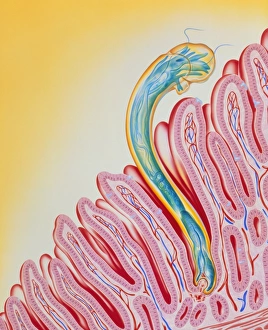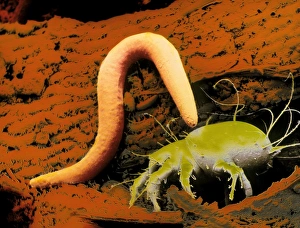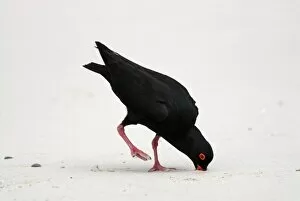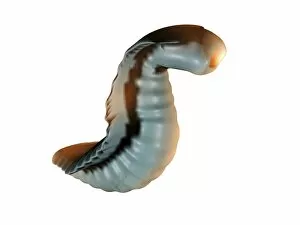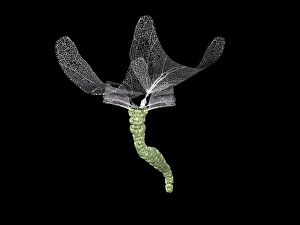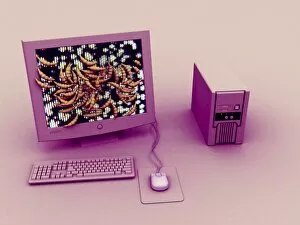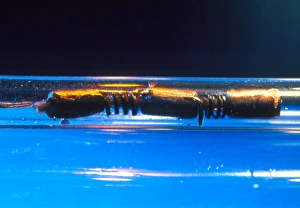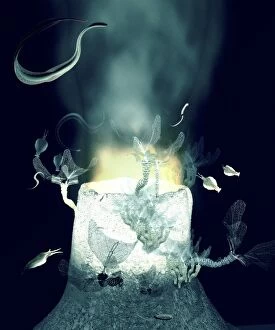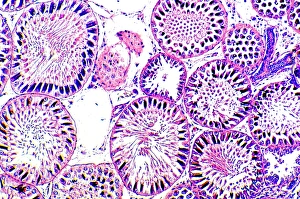Worm Collection (page 17)
"Worms: Unveiling the Intricate World of Gastrointestinal Nematodes and More" Delving into the depths of the earth
All Professionally Made to Order for Quick Shipping
"Worms: Unveiling the Intricate World of Gastrointestinal Nematodes and More" Delving into the depths of the earth, the mole-eating worm silently works its way underground, a master of stealth. Legend has it that the Lambton Worm terrorized a village, but little did they know it was just an innocent creature trying to survive in its habitat. Behold the intricate head of a dog tapeworm under SEM - a fascinating glimpse into nature's microscopic wonders. The nematode worm, with its slender body and remarkable adaptability, continues to captivate scientists worldwide as they unravel its secrets. C. Elegans worms dance under light micrographs, showcasing their elegance and serving as invaluable models for genetic research. A song thrush proudly displays its catch – worms dangling from its beak – reminding us of nature's delicate balance between predator and prey (Picture No. 11675190). In a compost/wormery bin brimming with kitchen waste, vegetable peelings, and cardboard scraps come alive as worms tirelessly recycle our organic matter (UK). Beneath our feet lies an entire ecosystem; earthworms create tunnels that aerate soil while grass roots thrive in harmony (JPF12192). Witnessing coral polyps feeding on polychaete worms during nocturnal hours reminds us that even within stunning reefs like Australia's Great Barrier Reef, carnivorous behavior prevails. From hidden underground dwellers to vital recyclers above ground or thriving in vibrant ecosystems underwater—they are truly extraordinary creatures deserving recognition for their essential roles in Earth's diverse tapestry of life.

